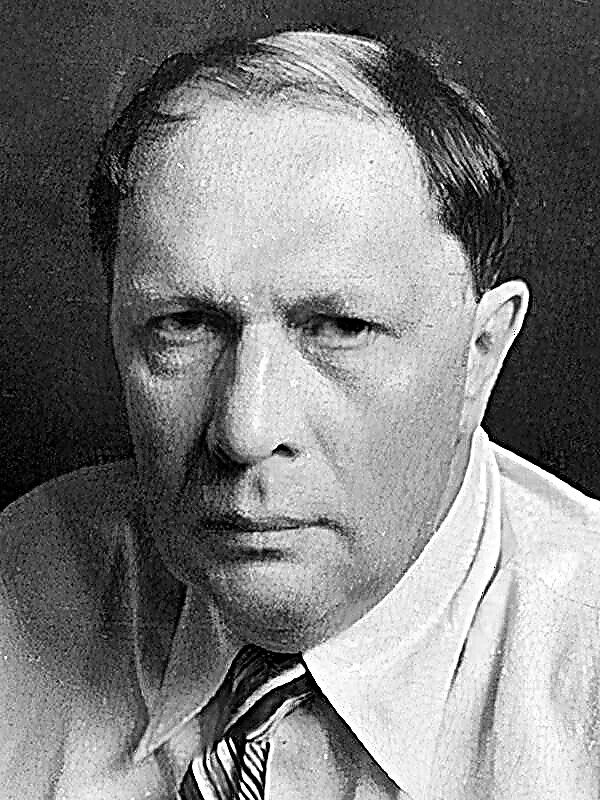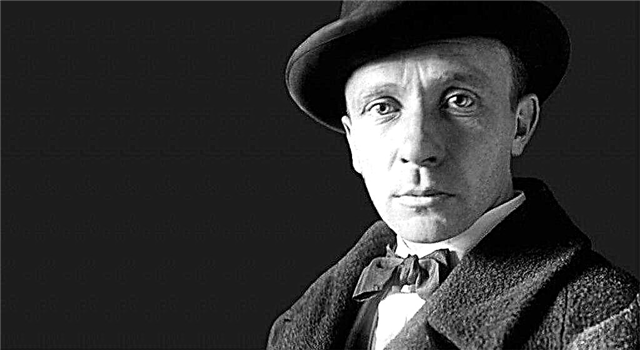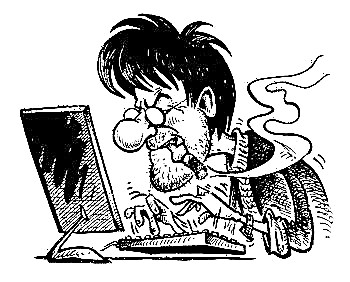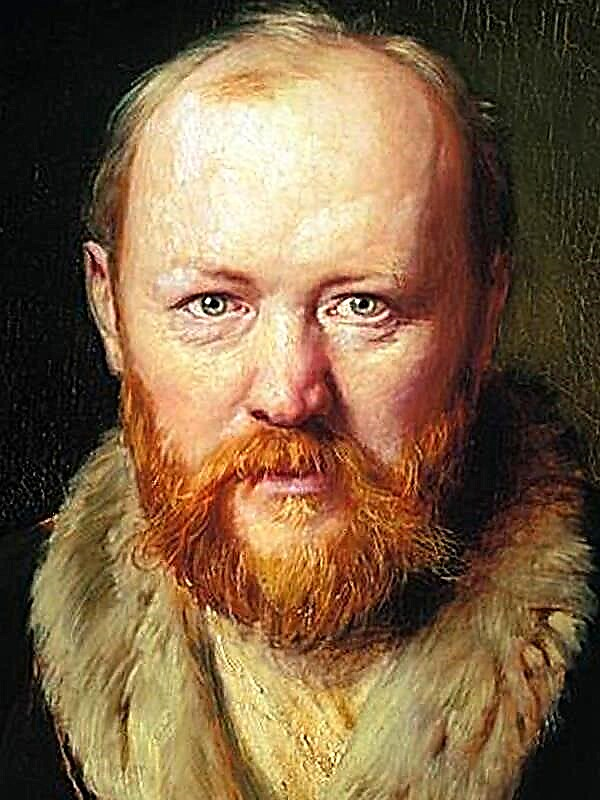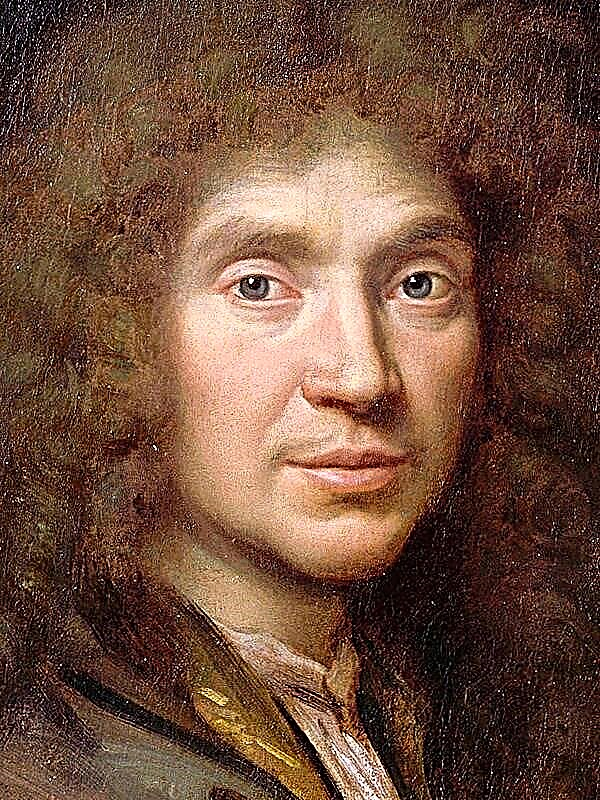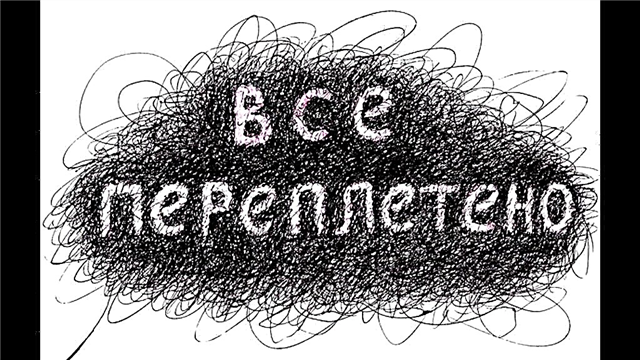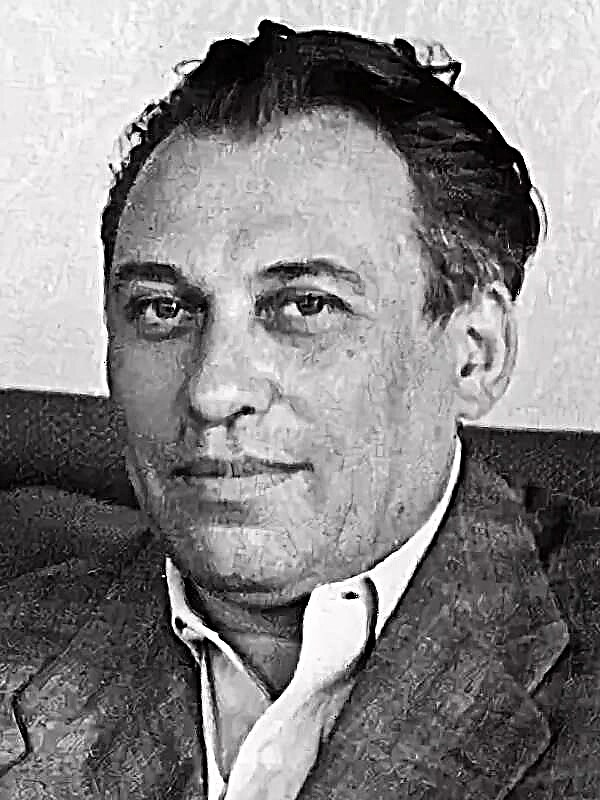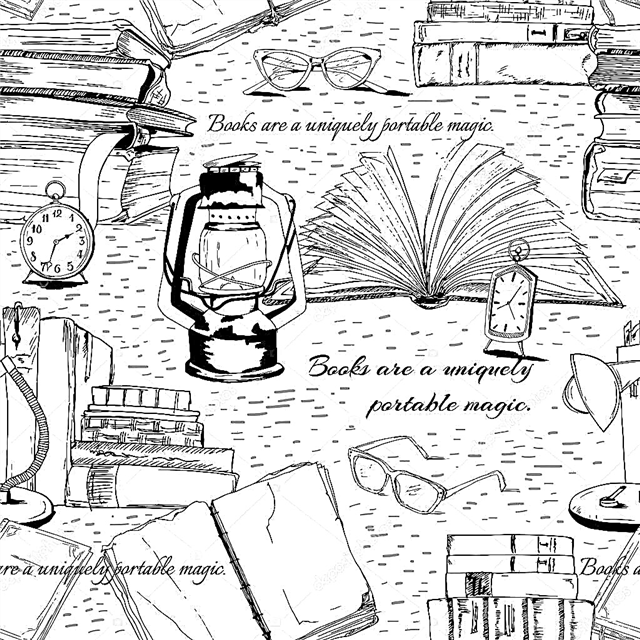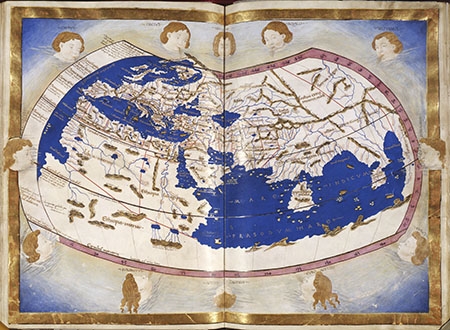: About an unusual period in the life of a young artist, who happened to work as a teacher in the correspondence school of painting and discern a true talent in one of his students.
1939 year. The narration is on behalf of a nineteen-year-old boy. His real name is not mentioned.
After the death of the mother, the main character and his stepfather Bobby Agadzhanyan (agent appraiser of paintings) return from Paris to their native New York, which they had previously abandoned during the Great Depression.
For some time, the hero does nothing special in the new place: he walks, reads and makes frequent visits to the dentist. However, he soon finds an interesting vacancy in one of the newspapers being written - a teacher of correspondence courses in painting "Lovers of Great Masters."
Educated by the artist and even won the first three prizes in the Freiberg gallery, the hero believes that this vacancy is just what he needs. He writes a fiery letter to the employer, in which, in order to increase his chances of finding a job, he comes up with a tragic story about the death of his wife and the abandoned family estate in the south of France, about his relationship with Honor Daumier and friendship with Picasso.
A letter signed by Jean de Domier-Smith is sent to the addressee. The hero is accepted. The courses themselves are located in Montreal (Canada), where he has to move. The course director is a former member of the Imperial Academy of Fine Arts in Tokyo, Monsieur Yoshoto, who lives with his wife on the second floor of a dull three-story house in the Verdun district of Montreal. The school is located directly in Yoshoto's dwelling, and on the ground floor of the same house is an orthopedic workshop.
In an effort to please his employers, the protagonist comes up with even more fables during the first meeting (in particular, that he hates chairs, and Yoshoto should not worry about the absence of them in his room, as well as that the hero is now studying Buddhism , although later it turns out that the Yoshoto family is Presbyterian). Nevertheless, on Monsieur and Madame Yoshoto, the hero’s excessive talkativeness does not produce much effect - they meet him without emotion, in a businesslike way, observing only the necessary decency. Soon the hero begins to work.
In the early days, he had to translate from French into English written recommendations made by Monsieur Yoshoto to students who sent their drawings by mail. Almost falling into despair at the thought that he was used only as a translator, and believing that his lies about getting to know Picasso were figured out, the hero finds no place for himself.
However, he soon receives the first drawings from students for self-analysis and evaluation. The first student was a 23-year-old housewife from Toronto, who wrote under the pseudonym Bambi Kremer. In her profile, she named Rembrandt and Walt Disney her favorite artists, attached a large glossy photo card with her image in a swimsuit, peakless cap and anklet bracelet to the letter. Among the drawings by Kremer, the hero especially remembered the one that was entitled by the quote from the Bible: "And forgive them their transgressions." In the figure, three little boys were fishing in some strange reservoir, and one jacket was hanging on a sign that says "Fishing is prohibited." The manner of drawing was terrible.
The second student was R. Howard Ridgefield from Windsor, Ontario, a 56-year-old secular photographer who sees painting as yet another “profitable business man.” Favorite artists, he called Rembrandt, Sargent and "Titsyana." He painted mainly caricatures. On one of them, the priest seduced an innocent girl. The manner of writing R. Howard Ridgefield painfully resembled the manner of Bambi Kremer.
If the work of the first two students almost plunged the hero into depression, then the work of the third student struck him to the core. She was sister Irma, a nun of the female order of the sisters of St. Joseph. She taught cooking and drawing at an elementary convent school, near Toronto. Sister Irma did not attach photographs or age information to the letter, she wrote that she had not studied drawing anywhere, but was forced to take the place of a teacher in connection with the death of one of the nuns, at the behest of their rector Father Zimmermann. Sister Irma promised to study very diligently. She called her favorite artist Douglas Bunting, whom the hero had long and unsuccessfully sought, but never found.
In the letter of the nun there were six drawings. Everyone was beautiful. The best painting was painted in watercolor on brown paper. It depicted the transfer of the body of Christ to the cave of the garden of Joseph of Arimathea. Although the picture had minor flaws in the selection of paint, the hero admired the liveliness and immediacy of her images. Poochs frolicked next to the crowd of mourners following their bodies. The woman in the foreground, facing the viewer, was calling someone from afar, waving her hand. In one of the images, the hero recognized Mary Magdalene - he himself did not understand by what signs, because she walked, did not betray her sorrow in any way - but still the hero was sure that it was Maria Magdalen.
Impressed by what he saw, the hero wrote to his sister Irma "an infinitely long letter." He admitted in it that he considered her “unusually talented”, asked if the person in the picture in blue clothes, Maria Magdalene, who Douglas Bunting was, whether she had seen reproductions of Antonello da Messina, if she speaks French, as it is easier for him to express oneself in this language, whether in the spiritual sense monastic life satisfies her. He asked about the reception hours at the monastery, said that he, unfortunately, is an agnostic, but admires Martin Luther, although he is a Protestant. The hero asked many other questions and said many nonsense, for which he apologized a thousand times. He attached several teaching drafts to the letter - in the hope that they would help Sister Irma from a purely technical point of view.
Early in the morning, he dropped the letter into the mailbox, after which he returned to himself and, barely moving his hands, fell onto the bed. The inspiration given to the hero by the works of Irma's sister helped him to work maliciously and very actively on recommendations for other students for some time.
However, the expectation of an answer from the monastery became increasingly painful. The hero walked, sat for hours in cinemas, copied the burial of Christ from Irma’s sister from memory, but could not calm down. One day, strolling in the evening, he stopped in front of a lighted shop window of an orthopedic workshop and was frightened to tears.
No matter how calmly, smartly and nobly I learned how to live, <... ›I’m doomed forever to roam a stranger in a garden where there are only enameled pots‹ ... ›and where an eyeless blind wooden idol reigns - a mannequin dressed in a cheap hernial bandage.
That night, he dreamed of Sister Irma meeting him at the monastery. Mindlessly and without sin, he wrapped his arm around her waist.
Finally, one day, Monsieur Yoshoto routinely brought the hero a letter from the monastery. It reported that, for reasons beyond his control, Father Zimmerman was forced to change his mind and could not allow Sister Irma to study at the courses “Lovers of Great Masters”. Expressing deep regret, the monastery requested that the first installment of the right to teach in the amount of fourteen dollars be returned.
The hero read the letter several times in horror, after which he wrote letters to all the rest of his students with one spirit, advising them to forever abandon the idea of becoming artists. Having finished the letters, he immediately took them to the post office.
Having refused lunch, he locked himself in his room and sat there silently for more than an hour.Then he wrote another letter to Sister Irma, which was never sent. In it, he lamented about his careless statements in the past, believing that it was they who could attract the attention of Father Zimmermann and cause trouble to sister Irma. The hero wrote that, without comprehending the basics of mastery, Irma’s sister may remain a very, very interesting artist, but she will never become a great master. He wrote that it is not necessary to hastily abandon the doctrine, that if the reason for the refusal lies in the material plane, he is ready to conduct classes for free. In the end, the hero asked Irma's sister for permission to visit her in the monastery on Saturday.
The hero did not immediately send a letter. I decided to re-read it at dinner, preferably by candlelight. He put on his only tuxedo, booked a table at the Windsor Hotel over the phone, and went outside. There was no taxi. Having walked for a while, the hero decided to spit on the hotel and went into the nearest bar. There he drank coffee and re-read the letter, found it unconvincing and decided to rewrite, after which he took a quick step toward the house.
However, an incredible event happened to him on the way. Having caught up with the house at about nine in the evening, he noticed a light in the window of the orthopedic workshop. In the window stood a living man - a woman of about thirty who changed the bandage on a wooden mannequin. Seeing that she was being watched, the woman turned sharply and, unable to maintain her balance, sat down on the floor. Jumping up, she blushed and set to work again. And then the "giant sun flashed" and flew straight into the nose of the hero at the speed of "ninety-three million miles per second." Blinded and frightened, he stood for several seconds, resting against the glass of the window, and when he came to his senses, the woman was gone.
The hero entered the house, went up to his room and threw himself on the bed. After a few minutes or hours, he wrote in his diary: “I am letting my sister Irma go free — let her go her own way. We are all nuns. ” Before going to bed, he also wrote to all his students that letters of exclusion had previously been sent to them by mistake.
Soon, the courses “Fans of the Great Masters” closed because the director did not have permission to teach. The main character went to his stepfather in Rhode Island, where he lived for a while, until classes began at the New York Art School. He did not try to meet his sister Irma again. However, sometimes he received letters from Bambi Kremer, who was engaged in drawing greeting cards.

